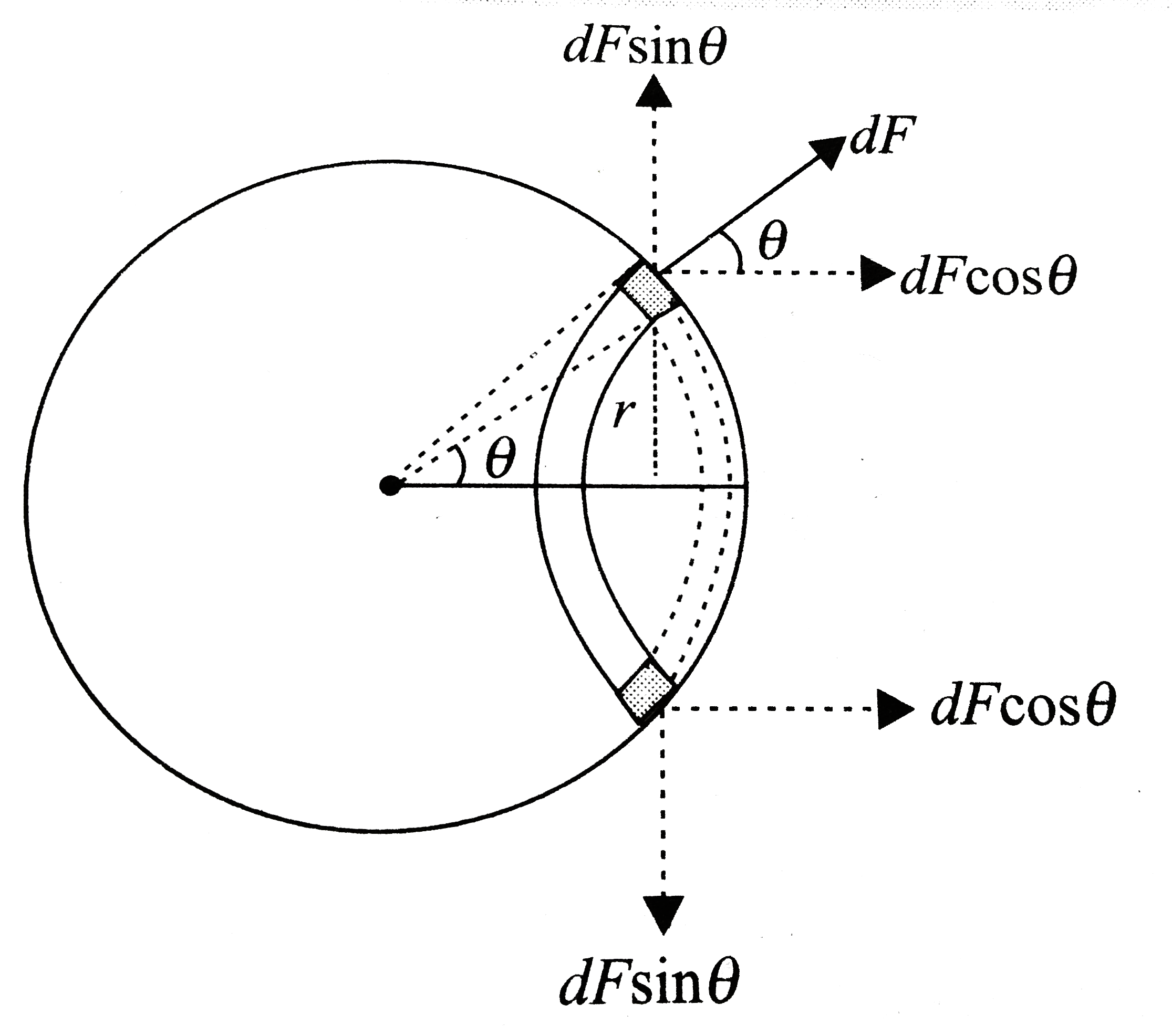Assertion . Water is specially effective in screeniing the electrostatic interactions between the dissolved ions
Reason . The electrostatic forces between two charged ions are inversely proportional to the dielectic constant of the solvent .
If both assertion and reason are correct, and reason is the correct explanation of the assertion.
If both assertion and reason are correct , but reason is not the correct explanation of the assertion.
If assertion is correct, but reason is incorrect .
If both assertion and reason are incorrect.
The correct Answer is:b
Correct explanation . Water the high dielectric constant
Topper's Solved these Questions
- BOOK - PRADEEPCHAPTER - CHEMICAL BONDING AND MOLECULAR STRUCTUREEXERCISE - ADVANCED PROBLEMS11videos
CHEMICAL BONDING AND MOLECULAR STRUCTURE
- BOOK - PRADEEPCHAPTER - CHEMICAL BONDING AND MOLECULAR STRUCTUREEXERCISE - Problem For Practice2videos
CHEMICAL BONDING AND MOLECULAR STRUCTURE
- BOOK - PRADEEPCHAPTER - CHEMICAL BONDING AND MOLECULAR STRUCTUREEXERCISE - COMPETITION FOCUS JEE (Main and Advanced)/ MEDICAL ENTRANCE SPECIAL (VII. NUMERICAL VALUE TYPE QUESTIONS (IN DECIMAL NOTATION))1videos
CHEMICAL BONDING AND MOLECULAR STRUCTURE
- BOOK - PRADEEPCHAPTER - APPENDIXEXERCISE - MODEL TEST PAPER <br> (Section C )9videos
APPENDIX
- BOOK - PRADEEPCHAPTER - CLASSIFICATION OF ELEMENTS AND PERIODICITY IN PROPERTIES EXERCISE - Competition Focus (Jee Main and Advanced / Medical Entrance ) ( Assertion - Reason Type Question ) (Type II)12videos
CLASSIFICATION OF ELEMENTS AND PERIODICITY IN PROPERTIES
Similar Questions
The electrostatic force between two charges is a central force. Why?
View SolutionAssertion : Water is specially effective in screening the electrostatic interactions between the dissolved ions.
Reason : The force of ionic interactions depends upon the dielectric constant (ε) of the solvent .View Solution
Knowledge Check
- Question 1 - Select One
Assertion : Water is specially effective in screening the electrostatic interactions between the dissolved ions.
Reason : The force of ionic interactions depends upon the dielectric constant (ε) of the solvent .AIf both the assertion and reason are true statement and reason is correct explanation of the assertion .BIf both the assertion and reason are true statement but reason is not a correct explanation of the assertion .CIf the assertion is true but the reason is a false statement.DIf both assertion and reason are false statements. - Question 2 - Select One
Assertion(A) - Water is speClally effective in screening the electrostatic interactions between the dissolved ions.
Reason(R)-The force of ionic interactions depends upon the dielectric constant (∈) of the solvent.ABoth A and R true and R is the correct explanation of ABBoth A and R true and R is not a correct explanation of ACA is true but R is falseDA is false but R is true - Question 3 - Select One
According to Coulomb’s law, the electrostatic force between two charges is
Ainversely proportional to the product of the chargesBinversely proportional to the square of the distance between the chargesCdirectly proportional to the cube of the distance between chargesDnone of these
What happens to the force between two charges if the distance between them is (a) halved (b) doubled?
View SolutionRatio of gravitational force and electrostatic force between two electrons
View SolutionFind the electrostatic force of interaction between two halves of a spherical conductor of radius R carrying a charge Q.
 View Solution
View SolutionFind the electrostatic force of interaction between two halves of a spherical conductor of radius R carrying a charge Q.
 View Solution
View SolutionAccording to Coulomb's law, the electrostatic force between two charges is
View Solution

